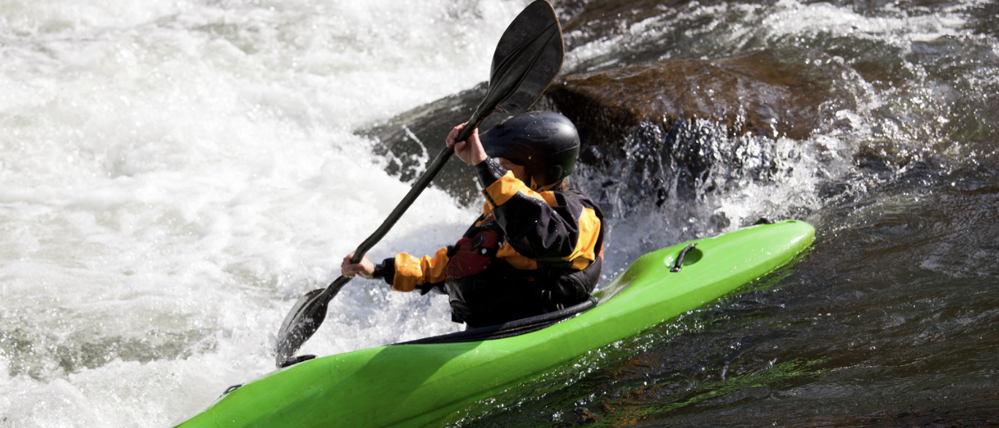
When it comes to water activities, safety should always be a top priority. Whether you're enjoying a day of boating, jet skiing, or kayaking, having the right safety gear is essential. Here are some tips to help you select the right safety gear for watercraft:
Personal Flotation Device (PFD)
A PFD, also known as a life jacket, is the most critical piece of safety gear. Choose a PFD that is approved by relevant safety standards and fits snugly. Consider the intended water activity and ensure the PFD is appropriate for the specific conditions.
Communication Devices
In case of an emergency, it's important to have a reliable means of communication. Consider carrying a waterproof, floating handheld VHF radio or a waterproof case for your mobile phone. These devices can be essential for contacting authorities or other boaters for assistance.
Visual Distress Signals
Visual distress signals are crucial for attracting attention in emergency situations. Check local regulations and carry the required signals, such as flares or an orange distress flag. Additionally, consider having a whistle or air horn for signaling purposes.
Navigation Equipment
If you're operating a larger watercraft or planning longer trips, navigation equipment is essential. This includes nautical charts, compasses, and GPS devices to help you navigate accurately and avoid hazards.
Safety Lanyards
For personal watercraft riders, safety lanyards are a must-have. These lanyards attach to your wrist or life jacket and connect to the engine's kill switch. If you fall off, the lanyard will detach, immediately cutting off the engine and preventing the watercraft from continuing without a rider.
First Aid Kit
Having a well-stocked first aid kit on board is essential for treating minor injuries. Include items like adhesive bandages, antiseptic ointment, pain relievers, and any necessary medications.
Fire Extinguisher
If your watercraft has an engine or fuel system, carry a fire extinguisher that meets the appropriate standards. Regularly inspect and maintain the extinguisher to ensure it is fully charged and functional.
Remember, different water activities and locations may have specific safety requirements, so familiarize yourself with local regulations. Regularly check and maintain your safety gear to ensure it's in proper working condition. Our team at Motomentum can help you find the right safety gear so you can enjoy your watercraft adventures with peace of mind, knowing you're prepared for any situation that may arise.

